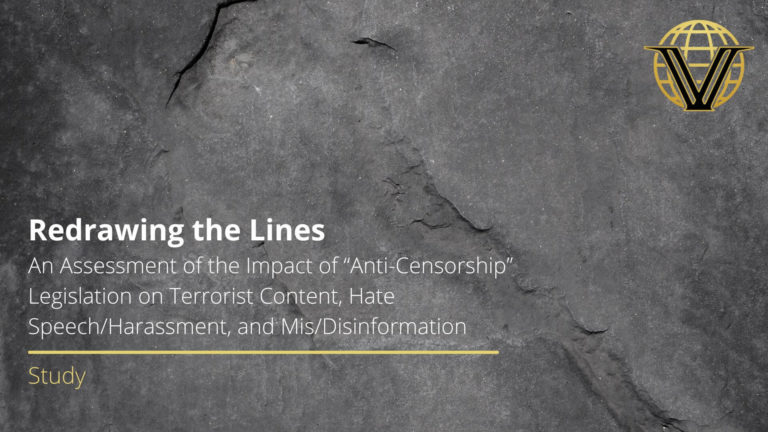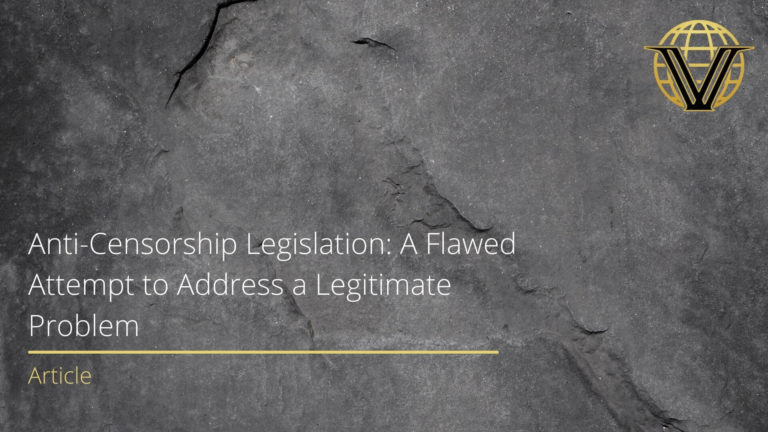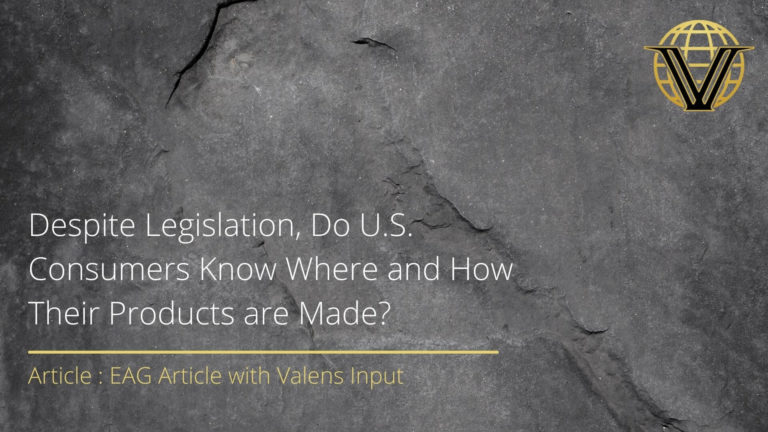Daveed Gartenstein-Ross
Both before and after the horrific attacks that struck Brussels last week, European security and intelligence services warned repeatedly that they couldn’t stop a well-planned, competent group of terrorists.
The director of MI5, Britain’s domestic security service, warned in a speech at Queen Mary’s College that opinion polls suggested that more than 100,000 British citizens believed the notorious July 2005 attacks that struck London were justified. Estimating 30 active terrorist plots in progress, the speech warned of “acute and very difficult choices of prioritization” for authorities.
That warning was delivered almost a decade ago. Dame Eliza Manningham-Buller gave that address in November 2006, before the Islamic State ushered in a jihadist social media revolution, before thousands of western Europeans flocked to the battlefields of Syria and Iraq to join militant groups.
Demonstrating the scale of the jihadist threat in Belgium, one Belgian official told BuzzFeed just before the recent attacks that “virtually every police detective and military intelligence officer in the country was focused on international jihadi investigations”. And even before the bodies in Brussels had been buried, the UK’s former home secretary warned that terrorists are likely to “get through” Britain’s counterterrorism apparatus and carry out a similar attack.
Security officials recently told the Associated Press that ISIS has trained at least 400 terrorists to target Europe. These attackers deploy “interlocking terror cells like the ones that struck Brussels and Paris with orders to choose the time, place and method for maximum chaos”.
Faced with a challenge of this magnitude, European officials should take a page from the playbook employed by the US when it too faced a seemingly intractable domestic challenge, that of organized crime.
By 1931, Al Capone had become the US’s first celebrity criminal. His activities were notorious, including murder, bribery and running illegal breweries. But the government would have trouble convicting Capone of his most heinous offences in a criminal court for various reasons, including the code of omertà (silence) embedded in mob culture.
Instead, prosecutors charged Capone with tax evasion, prompting the incredulous mobster to say, “The government can’t collect legal taxes from illegal money.” Capone was wrong, and tax evasion charges proved to be his downfall.
The US government’s anti-mob philosophy, which was also applied to the gangsters that followed Capone, was to dismantle organized crime networks by charging members and associates with any applicable offences, even if they carried a lesser penalty than the mob activity that was the government’s true concern.
After the terrorist attacks of 11 September 2001, the US government didn’t know the scale of domestic support for jihadism, but decided to take no chances. It adopted the approach that the country had earlier applied to countering mob activity.
In October 2001, attorney general John Ashcroft invoked Robert Kennedy, whose justice departments, “it is said, would arrest mobsters for ‘spitting on the sidewalk’ if it would help in the battle against organized crime”. He pointed to the use of “obscure statutes to arrest and detain suspected mobsters”, including members who were indicted for lying on federal home loan applications, and for violating the Migratory Bird Act by killing too many game birds.
Terrorism, Ashcroft reasoned, posed a serious and immediate threat. As the government did during the mob era, he promised to “use every available statute” and “seek every prosecutorial advantage”. Ashcroft concluded that “history’s judgment will be harsh—and the people’s judgment will be sure—if we fail to use every available resource to prevent future terrorist attacks”.
For years after the 9/11 attacks, the US government aggressively prosecuted suspected terrorists, often convicting them of lesser charges—including immigration violations, financial scams and illicit transfers of money—when the underlying concerns related to terrorism.
The purpose behind the “Al Capone model” was disrupting suspected terrorists’ activities by any charges that could be brought to bear. Though one effect was often shorter criminal sentences than might otherwise be obtained, the architects of this policing model believed the trade-off was acceptable. As one analyst put it, even shorter sentences “may nonetheless be efficient in disrupting logistical networks and planning”.
Application of the mob model could have made a difference in past European plots. The ringleader of the bombers who struck London in July 2005, Mohammed Sidique Khan, had been caught on tape discussing his plans to obtain terrorist training in Pakistan. Authorities seemingly had a way to disrupt his activities at the time by charging him with fraud. Had they done so, 52 innocent lives may have been saved.
The threat of terrorism in Europe is graver now than at any point in the post-9/11 era. Authorities are now carrying out a series of policing raids, and they hope that the network that carried out the attacks in Paris and Brussels is being “annihilated”. But they should not stop with this network.
Since the beginning of 2015, too much blood has been spilled on the streets of Paris—twice—and now Brussels. European authorities have said repeatedly that they lack the resources to protect their populations. They need to find a way to tilt the balance in their favour. The Al Capone model of anti-terrorism policing may be able to do just that.



